
The Valiant – Review
While RTS games were king back in the late ‘90s and early 2000s, these days it seems like new entries in this venerable genre have become a rarity. Developers have switched to turn-based offerings like Expeditions: Rome or Lost Eidolons. We suspect that this is because turn-based strategy games feel like a much better fit on consoles than RTS titles. The scarcity of good modern RTS titles made us all the more excited for The Valiant, a brand-new release from Kite Games. Can this title fill the RTS-shaped void in our life or are we better off sticking to the classics of yesteryear?
Story
Taking inspiration from the classic tales of the struggle between the crusaders and the templars, The Valiant introduces us to Theoderich von Akenburg, a former crusader. The opening mission, which acts as the tutorial, is presented as a flashback and quickly sets up the events of the main campaign. In this mission, we meet Theoderich as well as his battle brother Ulrich as they face off against the Arabs. While on their quest, they stumble upon a scepter, hidden in a strange ruïn. The scepter’s influence is immediately noticeable as it corrupts Ulrich’s mind, creating a rift between the two battle brothers. After this mission, the game fast forwards eleven years. Von Akenburg, now retired, is approached by a young monk who tasks him with finding Aaron’s Rod, a powerful artifact. As it turns out, the scepter that Ulrich claimed was one of three pieces that make up this artifact. The church wants Theoderich to gather all three pieces so that the rod can be stored safely. Theoderich reluctantly agrees and gathers his rag-tag band of companions to seek the pieces that make up the rod. They aren’t the only ones looking for this, however. It’s not exactly the most original premise, but it’s serviceable enough. Of note here is that while The Valiant isn’t intended to be a historically accurate title, the game strays away from high fantasy. You won’t find elves, orcs, or dragons here, but magic is something that exists in this world, even if things appear “realistic” at first glance.
Graphics
In terms of visuals, The Valiant is a bit of a mixed bag. The 3D character models aren’t all that detailed by modern standards. For the most part, this is fine given that you’re spending most of your time surveying battlefields from a distance. However, during cutscenes, the camera zooms in and the character models undeniably look dated and underwhelming. Their mouths don’t even move while talking. Kite Games made the smart decision to tell most of the story through static illustrations on book pages to avoid using these 3D models where possible. We suspect that this is mainly because the few pre-rendered cutscenes that we do get look atrocious. The game looks decent enough when you’re actually playing it, however. The wide variety of environments, from lush forests to snow-covered mountains and even massive deserts, keeps things fresh, and seeing the armies actually clash is satisfying.
Sound
From the sweeping score to the dramatic voice acting, The Valiant presents players with a rich and realistic soundscape. The audio definitely outclasses the visuals, especially during cutscenes, where characters don’t even move their mouths. For the most part, the cast does an admirable job, although some of the fake accents for some of the foreign characters are a little thick, to the point of almost feeling offensive. The music is a highlight, adapting to the on-screen action mid-battle, and the sound effects are great as well.
Gameplay
You’d expect a story-driven real-time strategy game to present players with a meaty campaign, and The Valiant definitely delivers on this front. The main story campaign spans an entire continent, as players join von Akenburg on his quest for the relic. The focus on characters rather than massive nameless units, both in terms of story and gameplay, makes The Valiant feel like a far more intimate experience than one would originally assume. The twenty-ish hour-long campaign takes its time introducing the specific units and their special abilities. Early game missions all follow a similar structure but focus on a different unit type, narrowly avoiding a feeling of repetition and instead ensuring that players immediately feel familiar while still introducing new mechanics. Like many other strategy games, The Valiant makes use of specific unit weaknesses. Cavalry is weak to pikes, archers can deal massive damage at range but have low defense, etc. The core mechanics make The Valiant feel very accessible, at least initially, but as more and more new mechanics are introduced and piled on top of one another, things do start to feel bloated after a while. We’re not quite sure whether or not we fully understood some of the game’s more intricate mechanics, but we certainly didn’t master all of them. That’s not necessarily a bad thing, as it incentivizes players to return to the campaign and get better at playing the game.
There is a lot for RTS fans to sink their teeth into here, as The Valiant presents players with a plethora of gameplay systems to master. The downside to this is that there is a lot of micromanagement involved. Anyone that wants to completely master the game will subsequently have to invest a significant amount of time in learning the finer intricacies of its mechanics. We’re not going to list every single one of these mechanics here, as there are far too many of them, but some of the more prominent systems center around the named heroes and their abilities. Konrad, for example, has the ability to unleash powerful archery volleys, and Grimhild excels in melee. Given that these characters and their abilities are often the key to victory, we would have liked it had there been more elegant ways to use them effectively. New abilities are earned by leveling up heroes, something that reminded us of EA’s classic Battle for Middle-Earth games. A hero’s skill tree allows you to customize that hero, and you can opt for a jack-of-all-trades approach or create a highly specialized hero that provides support for the grunts that accompany him on the battlefield.
While the battles themselves make up the meat of The Valiant’s gameplay, there is still plenty going on outside of combat as well. Army management is done on the overworld map, where mercenaries can be recruited, hero skill trees are expanded, and squads replenished. Maintaining a balanced army is incredibly important here, and this isn’t just limited to unit variety. Things like unit positioning and carefully timing counterassaults also tie into how well your forces will perform on the battlefield. We felt like certain missions were also geared to specific unit types, which would be fine if there were pre-mission briefings. As it stands though, whenever you tackle a new mission for the first time, you’ll need to get lucky with picking the right units beforehand or simply rely on trial and error before you can claim victory.
Despite the layering of mechanics, however, we felt that the overall gameplay experience ended up being repetitive and shallow, although perhaps that had more to do with our own preferred playstyle, which is typically defensive. Perhaps a more aggressive approach would have made us feel different about how some of the missions played out. The Valiant accommodates a variety of playstyles and there are always multiple ways to tackle a mission. There is also quite a bit of variety when it comes to the missions themselves. Siege battles, for example, provide a welcome diversion from the standard maps, and the final climactic battle massively ramps up the difficulty level by stripping you of all but one of those aforementioned heroic abilities.
The final battle is a punishingly hard mission but it also feels very rewarding for players that don’t rely on spamming heroic abilities over and over again to brute force themselves to victory. We do wish that the game had a manual save system rather than relying on checkpoints, as some of the battles are lengthy affairs. With 16 story missions and several bonus maps, players definitely have their work cut out for them if they’re going to see this one through to the end, but things don’t end there. The Valiant also offers dedicated PVP and PVE modes although at the time of writing there wasn’t a whole lot of action going on and we couldn’t get a game in. We expect this to change over time though, as we do suspect that this game has quite a bit of longevity ahead of it, especially if it receives some streamlining.
Conclusion
If you’re in the market for a new RTS title, then The Valiant should definitely be on your radar. It’s a solid game that doesn’t bring anything new to the table in terms of mechanics, but instead takes pre-existing ideas and blends them together into a new title. The downside is that there is a lot of micromanagement going on here and juggling different mechanics can feel overwhelming. Even so, the good definitely outweighs the bad here and you could do far worse than adding The Valiant to your library.
The Valiant - Review,1 Comment
Leave a Reply
You must be logged in to post a comment.

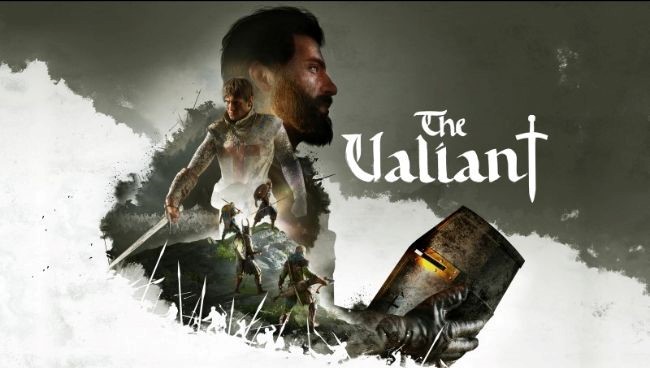
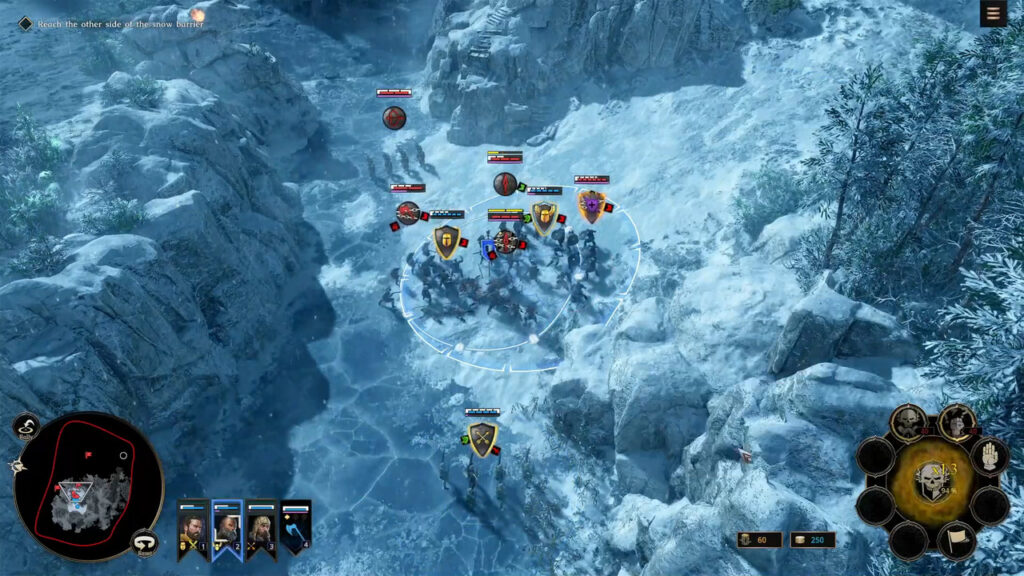
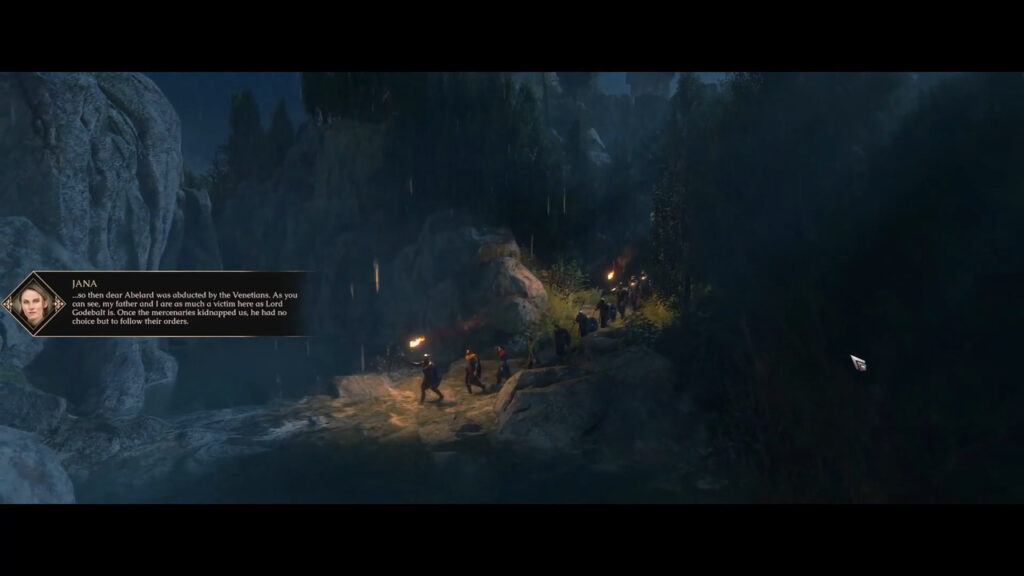
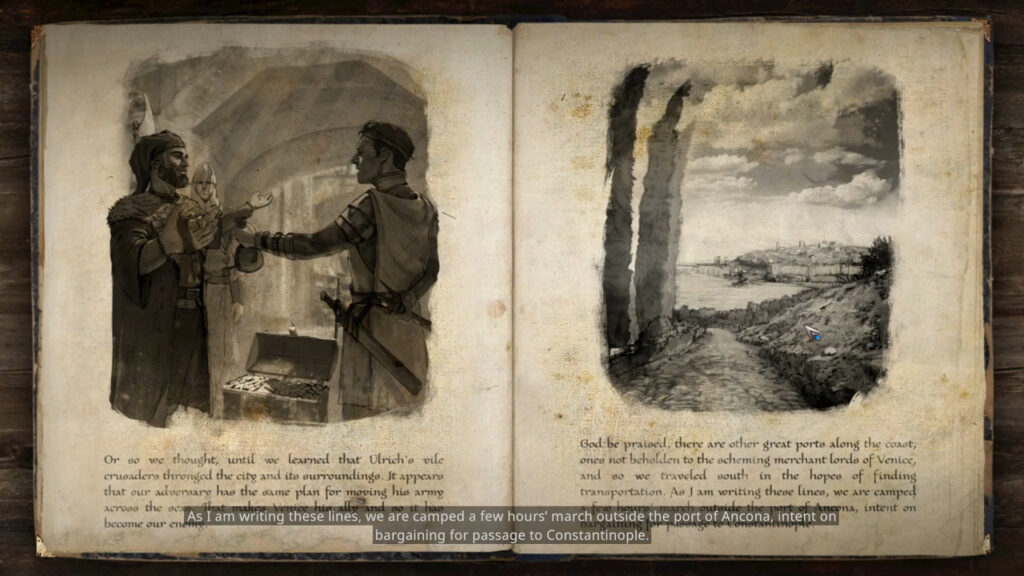
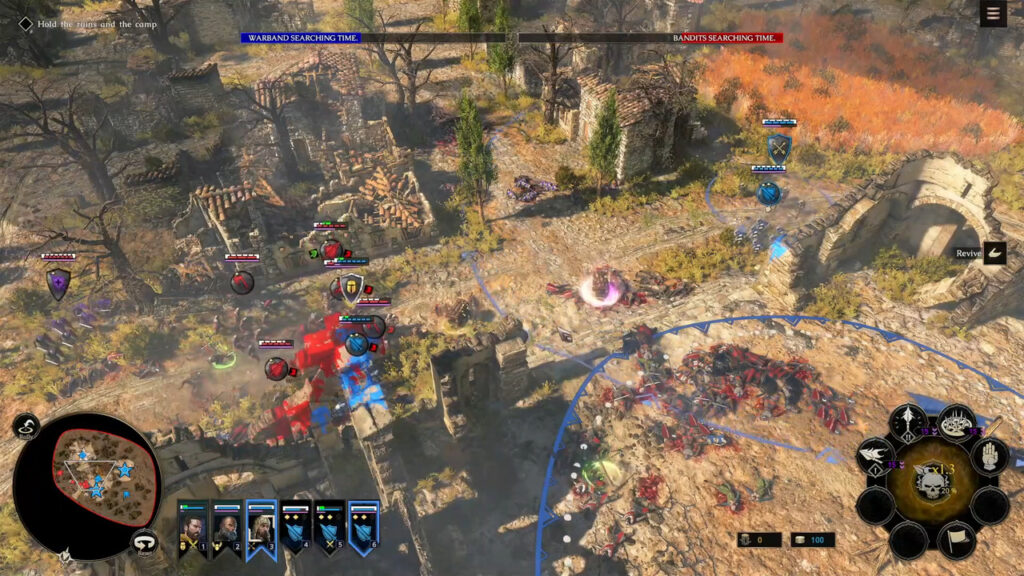




[…] is an RTS game that was released on PC last year, now making its way over to consoles. When we checked out the game’s original release, we described it as a solid experience, but one that doesn’t do anything special for a game of […]